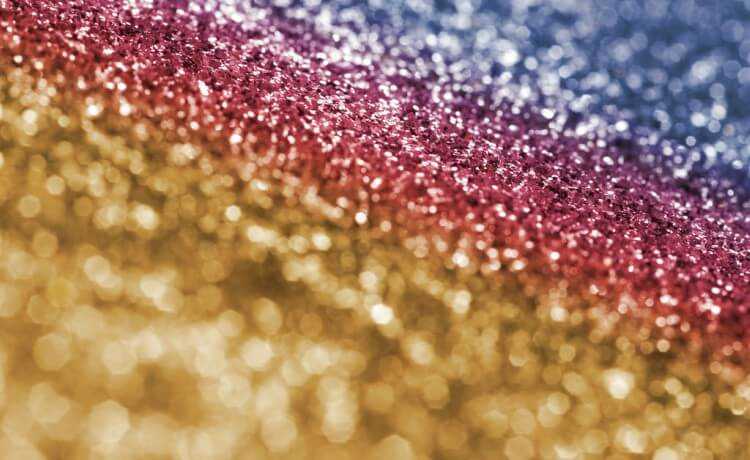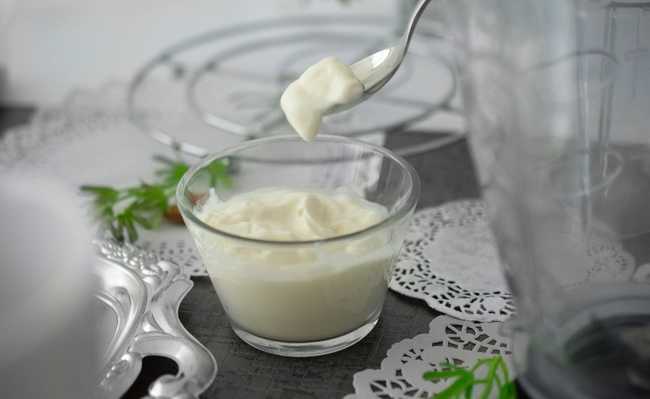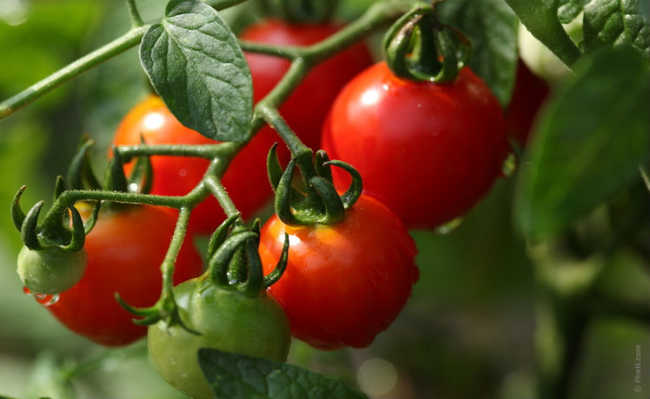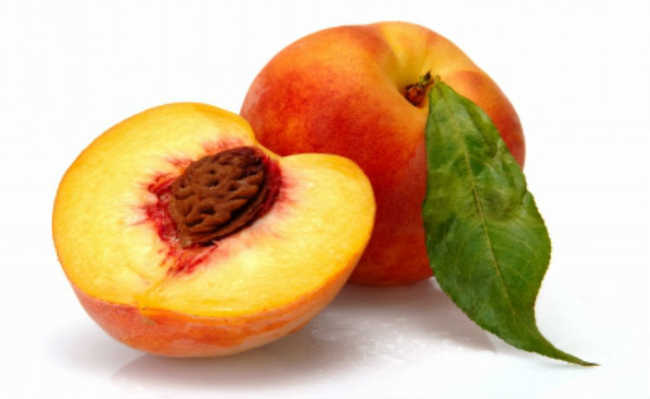Coriander: what it is and benefits of coriander leaves and seeds
Coriander leaves and seeds have distinct flavors, aromas and benefits
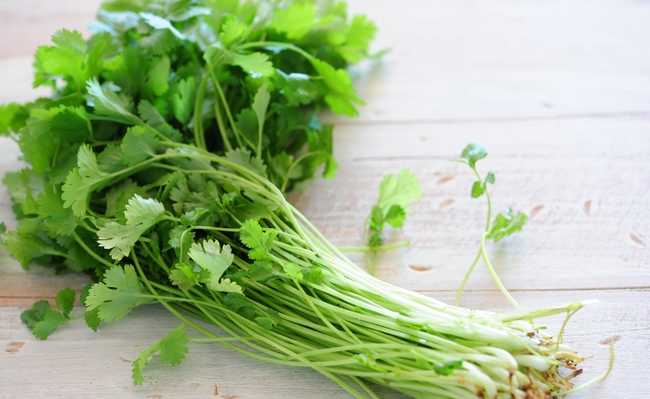
Edited and resized image of Jules is available on Flickr
Coriander is a plant belonging to the family Apiaceae, scientific name Coriandrum sativum. Despite the uncertainty about its origin, it is known that the ancient Egyptians already used it to embalm bodies and as a medicinal plant to improve digestion, soothe and relieve joint pain.
Coriander is believed to have originated in the Mediterranean basin, where the Greeks and Romans used it in dishes and drinks. Its leaves and seeds are also used in Indian, Arab and Brazilian cuisines. However, the different parts of coriander have distinct benefits. Check out:
nutritional properties
| Coriander seeds (% IDR) | Coriander leaves (% IDR) | |
|---|---|---|
| Dietary fiber | 1,1 | 16,8 |
| Vitamin A | 13,5 | 0 |
| Vitamin C | 4,5 | 3,5 |
| Vitamin K | 38,8 | 0 |
| Manganese | 2,1 | 9,5 |
| Iron | 1 | 9,1 |
| Magnesium | 0,6 | 8,2 |
| Calcium | 0,7 | 7,1 |
| Copper | 1,1 | 4,9 |
| Phosphor | 0,5 | 4,1 |
| Selenium | 0,1 | 3,7 |
| Potassium | 1,5 | 3,6 |
| Zinc | 0,3 | 3,1 |
It is worth noting that fresh coriander leaves are 92.2% water. Meanwhile, coriander seeds are only 8.9% water. This is one of the main reasons why coriander has low levels of minerals by weight, as water does not contain minerals or calories (see studies on this: 1, 2, 3).
Seeds are very different from leaves
Coriander leaves and seeds are quite different in terms of flavor and aroma. While the leaves have a refreshing, fragrant, citrus flavor, the seeds have a flavor reminiscent of nutmeg. Coriander is considered a controversial plant. Many people enjoy its taste and aroma, but others can't stand it. Interestingly, people who find coriander repulsive tend to have a genetic trait that makes them perceive the spice as “dirty” or “taste like soap” (see study about it here: 4).
One study looked at the proportion of people of different ethnicities who dislike coriander. The results showed that 21% of East Asians, 17% of Caucasians, 14% of African descendants, 7% of South Asians, 4% of Hispanics and 3% of Middle Eastern participants did not like coriander leaves.
what is it for
The different properties of coriander leaves and seeds have led people to use them differently in recipes. The refreshing, citrus flavor of the leaves is common in South American, Mexican, South Asian, Chinese and Thai dishes. These dishes include:
- Salsa: a Mexican dish
- Guacamole: An Avocado-Based Sauce
- Chutney: a sauce of Indian origin
- Alentejo bread soup: Portuguese bread soup
Coriander seeds, on the other hand, with a hotter and spicier flavor, are used in dishes such as:
- Curry
- Rice
- soups and stews
- pickled vegetables
- Borodinsky Bread: A Russian rye bread
- Dhana dal: Roasted and crushed coriander seeds, a popular Indian snack
Dry roasting or heating coriander seeds can improve their flavor and aroma. The ground or powdered version loses flavor quickly, it is preferable to grate the seeds right away.
Coriander Health Benefits
Can reduce inflammation
Coriander leaves and seeds are excellent sources of antioxidants, compounds that reduce inflammation caused by free radicals (see study about it here: 5).
An animal study found that the antioxidants in coriander extract helped fight skin aging (a phenomenon often accelerated by free radical damage).
In addition, another test tube study found that antioxidants in a coriander seed extract reduced inflammation and inhibited the growth of cancer cells in the stomach, prostate, colon, breast, and lungs.
May reduce the risk of heart disease
Heart disease is the leading cause of death worldwide. Some test-tube and animal studies have shown that coriander leaves and seed can reduce many of the risk factors for heart disease (see studies here: 6, 7).
Another test-tube study found that coriander extract can reduce the formation of blood clots, which potentially can reduce the risk of heart disease.
In addition, an animal study found that coriander seed extract significantly lowered blood pressure. In addition, it led the research animals to eliminate more water and salt through their urine, which helped to reduce blood pressure.
May lower blood sugar levels
Elevated blood sugar levels are a risk factor for type 2 diabetes. Surprisingly, coriander seeds and leaves can help lower blood sugar levels. It is believed that this is due to increased levels of activity of enzymes that help remove sugar from the blood (see study on this: 8).
An animal study showed that those who ate coriander seeds had significantly less sugar in their bloodstream.
In another animal study, coriander leaves were shown to be almost as effective as a diabetes drug at lowering blood sugar levels.
Test tube studies have shown that the antimicrobial and antibacterial properties of coriander leaves and seeds can help fight infections. A test tube study showed that compounds from fresh coriander leaves helped fight foodborne infections by killing bacteria such as Salmonella enterica (16).
Another test tube study showed that coriander seeds fight bacteria that commonly cause urinary tract infections (UTIs) (17).
However, there is currently no evidence that coriander or coriander can help fight infections in humans, so more human-based research is needed.
How to choose and store coriander and coriander seeds
When you buy coriander, it is best to choose green and aromatic leaves. Avoid buying yellow or withered leaves, as they are not so tasty. The ideal is to plant it organically at home. But when that's not possible, buy whole seeds instead of ground or powdered ones. Once coriander is ground, it loses flavor quickly, so you'll get the best results if you grind it shortly before using it.
To store the cilantro in the refrigerator, trim the bottom of the stems and place the bunch in a jar filled with a few inches of water. Be sure to change the water regularly and check for yellow or withered leaves. Coriander can also be dehydrated to last longer, but this causes it to lose much of its fresh, citrus flavor.
Adapted from Ryan Raman and Wikipedia

